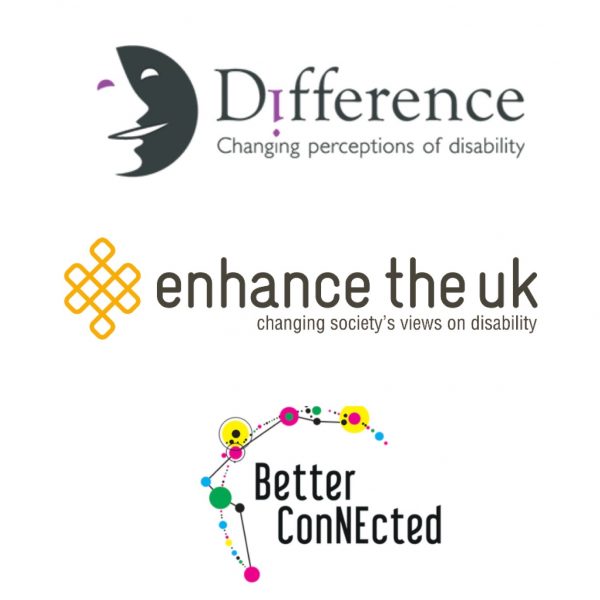We’ve just completed our fourth Digital Accessibility workshop and I thought I would use this post to share some thoughts on how they have gone and what impact they will have.

The workshop series was funded by the National Lottery Awards for All fund, and are part of our work as a partner in the Better ConNEcted group, campaigning for better digital inclusion across our region. They were delivered by Claire Holland from Enhance The UK.
Each workshop has been full of really practical tips, and we’ve all been on a learning journey. As a blind screen-reader user I know quite a lot about assistive technologies for visually impaired users, but it’s been great learning about so many other accessibility issues and solutions from Claire, who is herself profoundly deaf.
The workshops covered:
- Principles of accessibility
- Accessible on-line meetings and social media
- Accessible website design
- Accessible documents and emails
It’s become clearer to me that the tools and resources for designing and maintaining accessible content are generally readily available and often free. Using these tools is more about a mindset that takes account of different people’s needs – it’s about not assuming that everyone accesses content in the same way. It’s about forming good habits.
Feedback from participants has been great. For example, Lucinda Boocock from Tyneside Women’s Health, said;
“I work with women with mental health problems who can have additional accessibility needs. However, women often experience a decrease in capacity to concentrate, absorb and understand etc and the training also helped me see how I can change how I make content, or how our organisation does, that will offer more choice and accessibility.”
Another participant, Carrie Rosenthal, who previously worked at ReCoCo and is now at Connected Voice, explained how she has been sharing learning from the workshops;
“After attending the first two digital accessibility workshops, I decided to pass on what I learned to the rest of the ReCoCo team. I had taken notes and written down the resources mentioned in the training. I made a PowerPoint and delivered a training to the other members of staff and was able to demonstrate how to do things like edit hyperlinks, use headers, and add alt text. The training made me feel much more confident and I now know some steps I can take to increase accessibility in my digital communications.”
We still have some funding to run some more workshops, so get in touch if you are interested.
The next stage of this project is now to develop some further resources to help us all get into those good, inclusive habits.
And that also means using the Accessibility checker (available in the Review menu) to check this article before I post it. No issues found 😊
Richard Boggie
Difference North East
